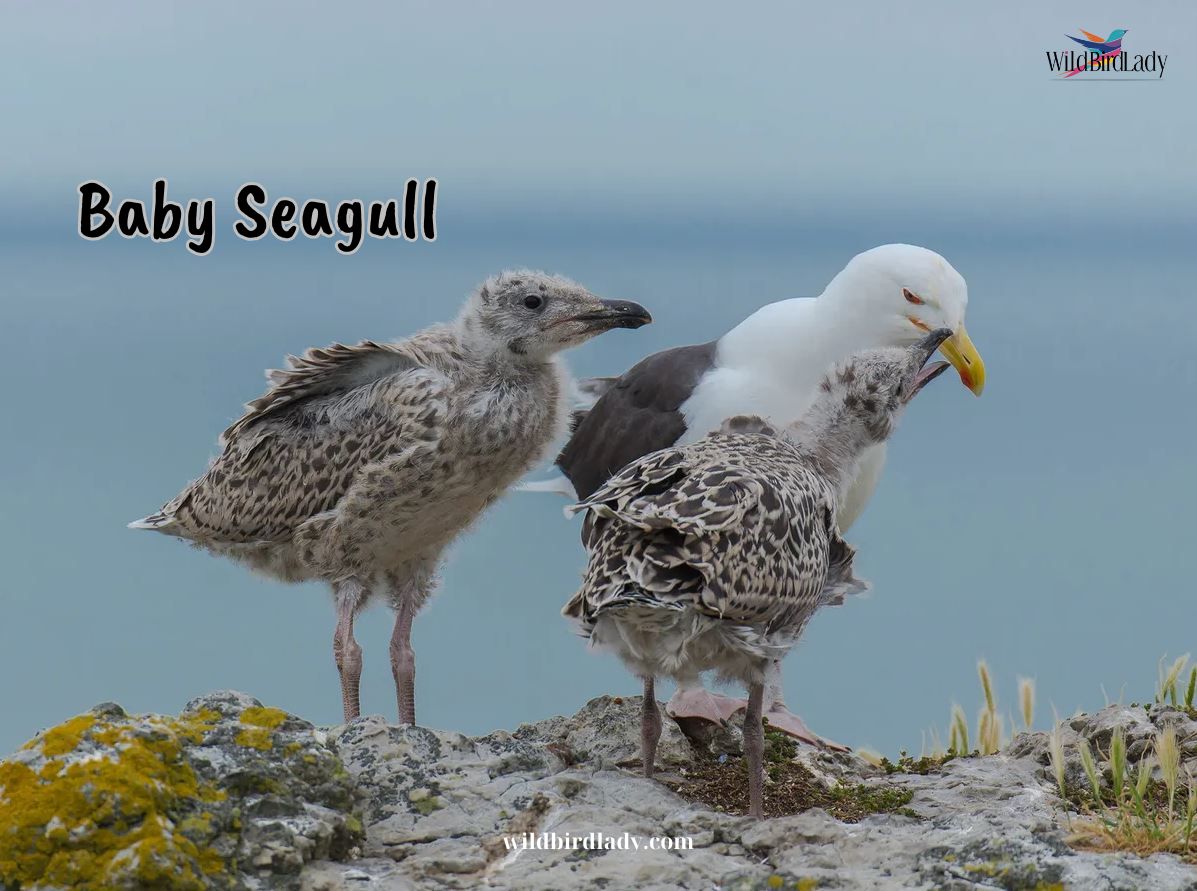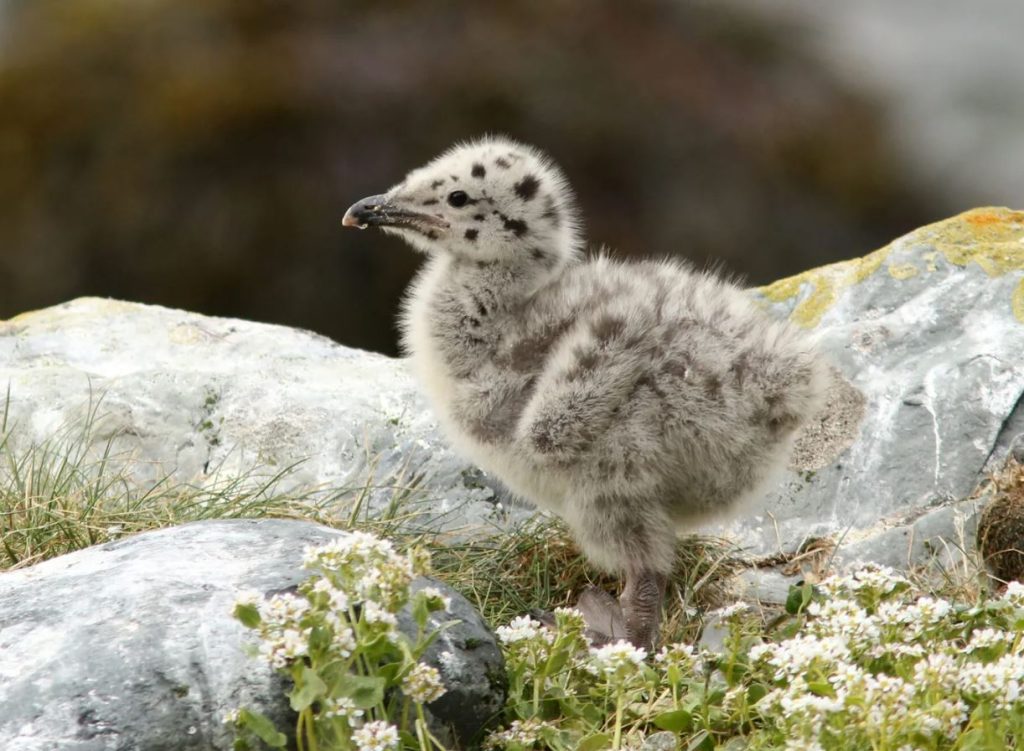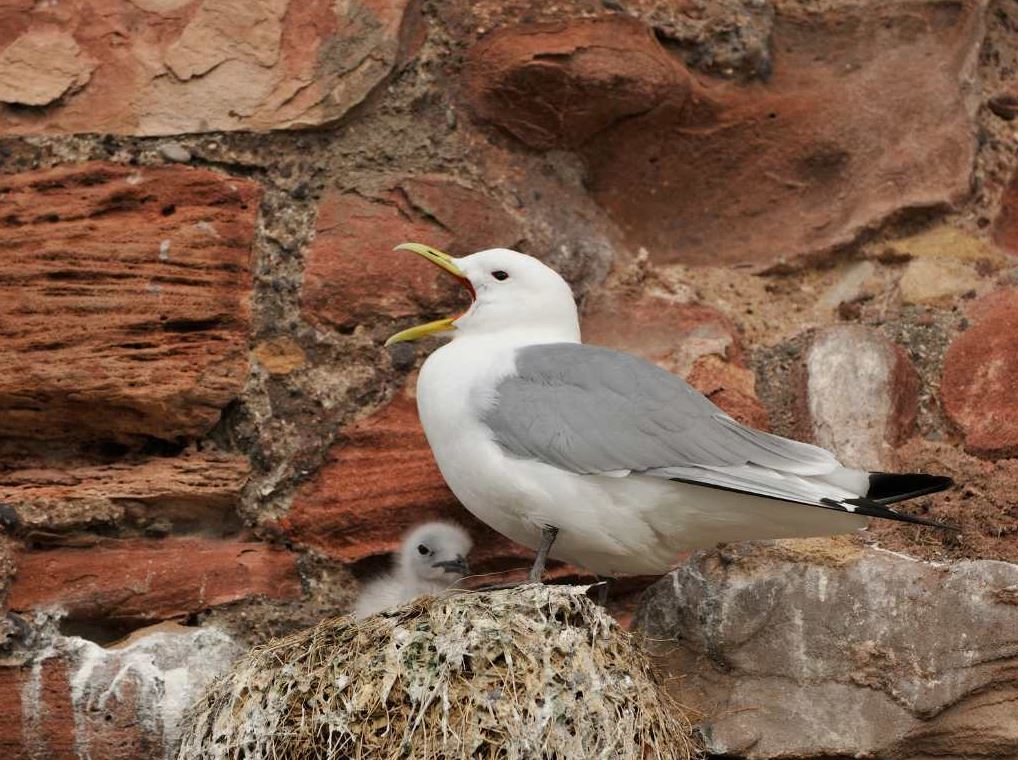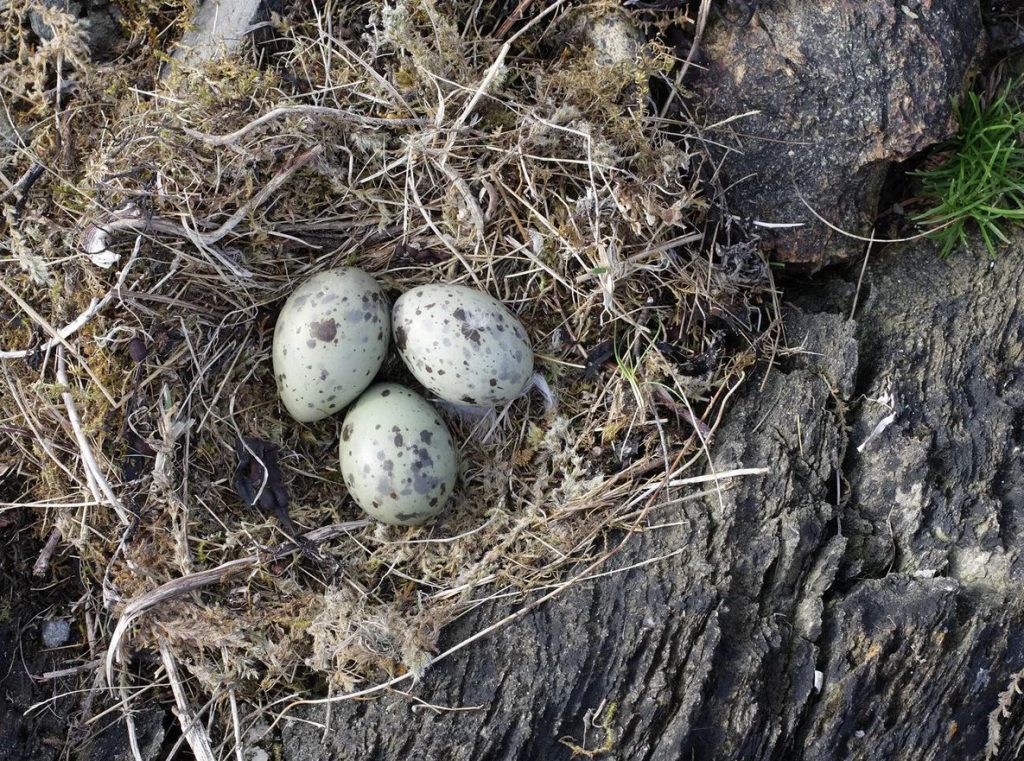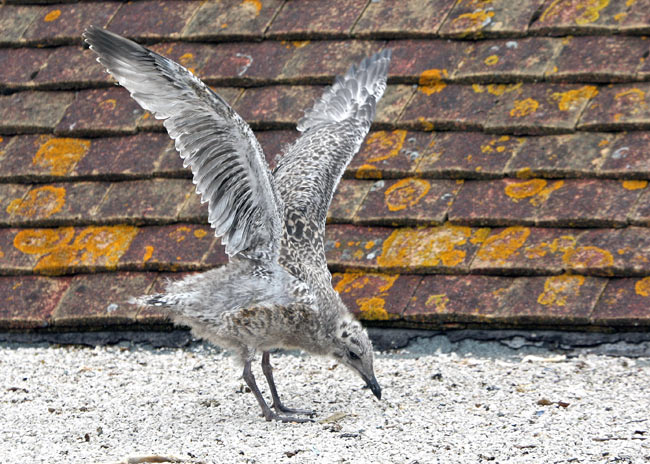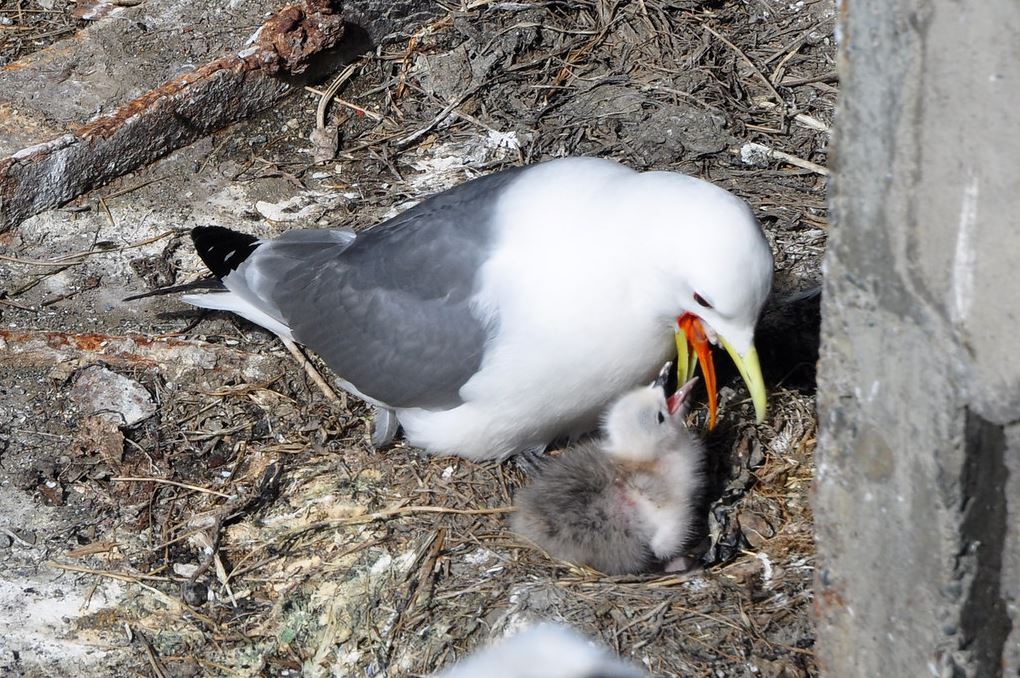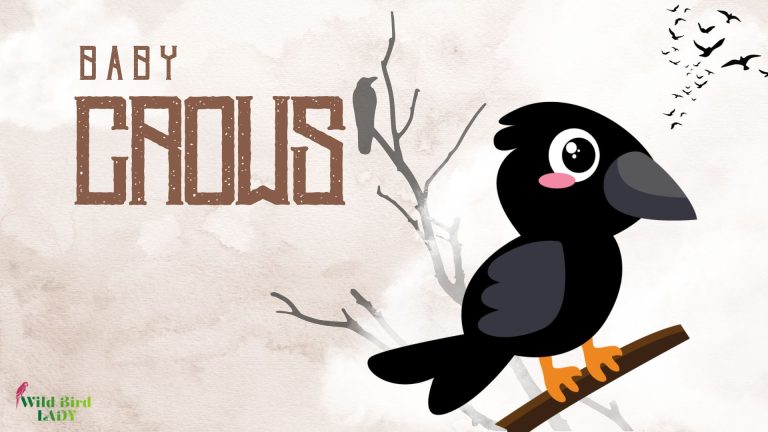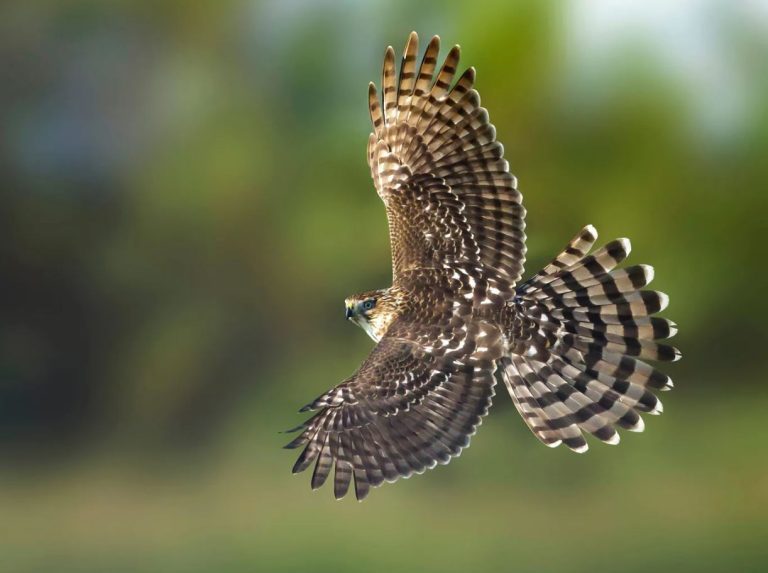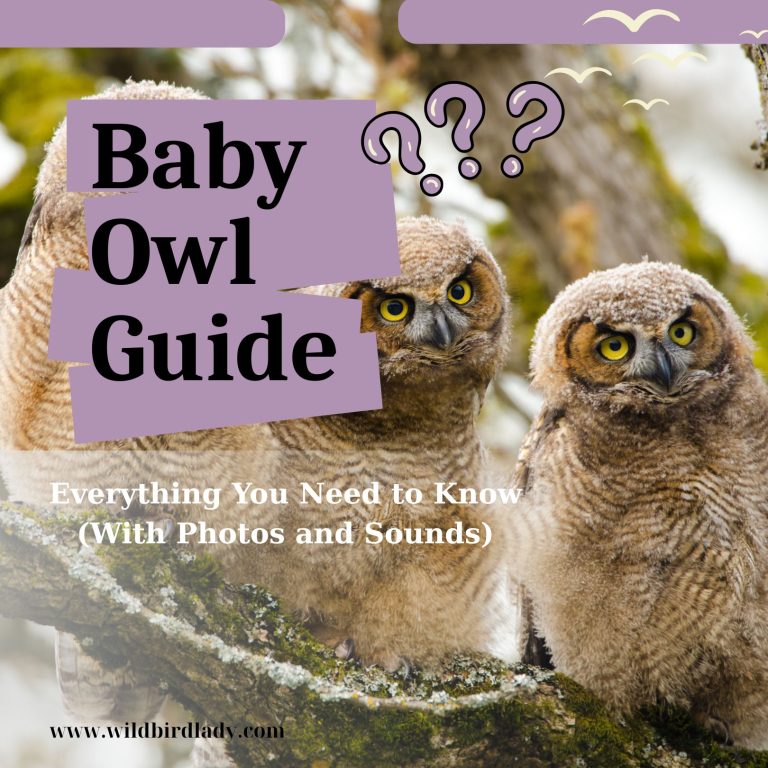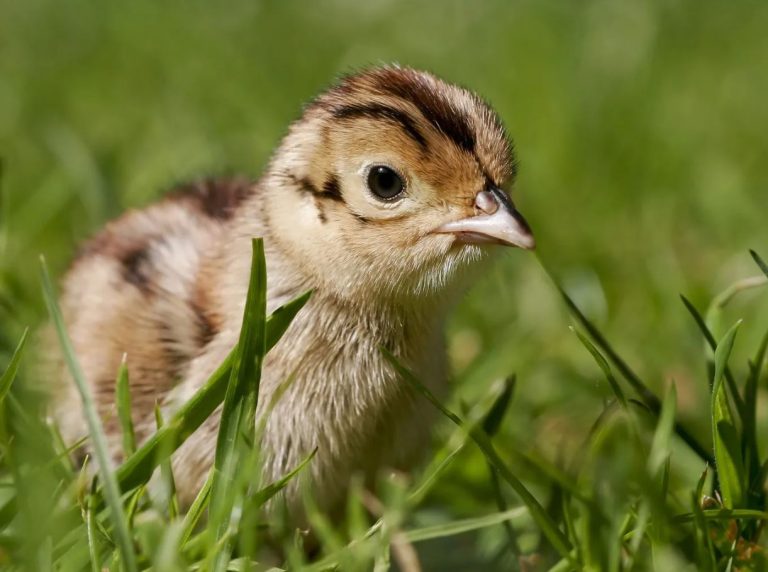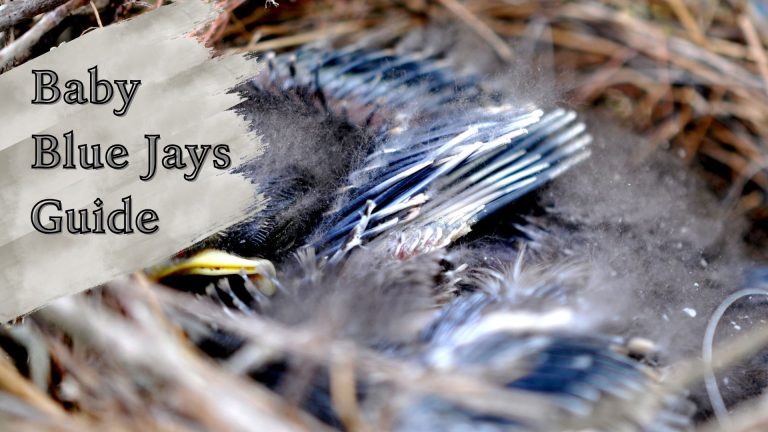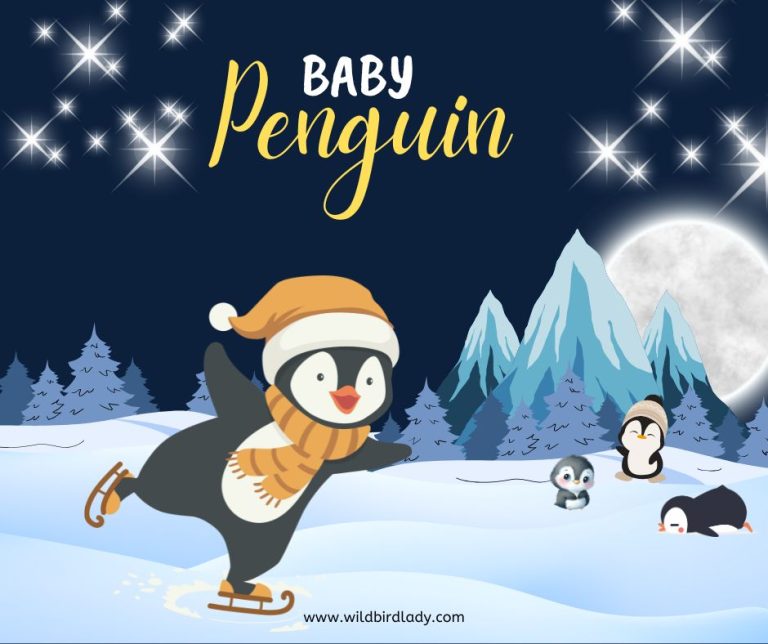Baby Seagull: What They Look Like, Eat, and How They Grow Up
The first time I saw a baby seagull—fluffy, speckled, and tottering on oversized feet—it was on the roof of a coastal building in Maine. At first, I mistook it for a clump of wind-blown debris. But then it squeaked, wobbled, and looked up at the sky as its parent wheeled above. That moment sparked my fascination with these resilient, often misunderstood birds. In this article, I’ll walk you through everything I’ve learned about baby seagulls—what they’re called, how they grow, what they eat, and how you can help protect them.
What Is a Baby Seagull Called?
While many refer to them as “baby seagulls,” their proper name is gull chicks. “Seagull” itself is not a scientific term—it’s a common name used for birds in the Laridae family, which includes species like the Herring Gull, Ring-billed Gull, and Western Gull.
So technically, a baby Herring Gull is a Herring Gull chick.
What Do Baby Seagulls Look Like?
Newborn gull chicks are covered in soft, downy feathers that range from pale gray to brown, speckled with darker spots. This camouflage helps them blend into rocky beaches, gravel rooftops, or grassy nesting sites, making it harder for predators to spot them.
Here are some key physical traits:
- Size: Around 2.5–3.5 inches tall at hatching
- Color: Gray or tan with dark speckles
- Beak: Small but sturdy, with a slightly dark tip
- Eyes: Dark and alert, even from birth
- Feet: Proportionally large, webbed, and ready to waddle
They are surprisingly mobile shortly after hatching, often exploring a few feet away from the nest within a day or two.
Where Do Seagulls Nest?
Seagulls nest in colonies on cliffs, sand dunes, grassy marshes, rooftops, and even airport fields. Most nests are made of grass, seaweed, feathers, and debris, forming a bowl shape.
The location varies by species:
- Herring Gulls prefer flat, coastal islands or human-made structures.
- Western Gulls often choose rocky outcrops along the Pacific Coast.
- Laughing Gulls nest in marshes or on beaches.
According to the Cornell Lab of Ornithology’s All About Birds, nesting sites are typically reused year after year by the same gull pair, often with minor repairs or additions to the nest each season.
The Life Cycle of a Baby Seagull
1. Egg Stage
Seagulls usually lay 2 to 3 eggs, spaced a day or two apart. The eggs are:
- Speckled and olive-colored
- Incubated for 25–30 days
- Guarded fiercely by both parents
2. Hatching
Chicks hatch synchronously (within a few days), despite being laid at different times. This coordination increases survival chances since all chicks grow at the same rate and compete equally for food.
3. First Week: Vulnerability
Newborn chicks are precocial—they hatch with open eyes, down feathers, and the ability to walk. But they remain highly dependent on parents for warmth and feeding. The first week is critical, as hypothermia and predation are significant risks.
4. Feeding and Growth (Weeks 2–5)
Parents regurgitate semi-digested food directly into the chicks’ mouths. This diet includes:
- Fish (like herring, anchovies)
- Crustaceans
- Insects
- Small scraps from human waste (in urban gulls)
During this stage, chicks gain weight rapidly and begin to exercise their wings.
5. Fledging (Weeks 5–8)
By the fifth week, feathers begin replacing down. Chicks start practicing flight by flapping and hopping. By 6 to 8 weeks, most baby gulls are ready to fledge (take their first flight), though they often remain near their parents for several weeks afterward.
What Do Baby Seagulls Eat?
Baby seagulls eat a high-protein diet to support rapid growth. Initially, they rely on regurgitated food from their parents, which often includes:
- Small fish and marine invertebrates
- Mollusks
- Crustaceans
- Earthworms and insects (for inland gulls)
Later, as they grow, they begin picking at scraps and scavenging with adults.
It’s important to note that feeding baby seagulls human food (like bread or chips) is harmful. Such food lacks necessary nutrients and can lead to malnourishment or deformities.
Can You Raise or Help a Baby Seagull?
In most places, it is illegal to keep or raise a wild baby gull without a permit. These birds are protected under the Migratory Bird Treaty Act in the U.S.
However, if you find a baby gull on the ground, here’s what to do:
✅ Do:
- Observe from a distance – It may be fledging and under parental care.
- Check for injuries – If it’s clearly wounded, contact a licensed wildlife rehabilitator.
- Protect it from predators – If it’s on a busy road or near cats, you can gently move it a short distance to a safer spot (but not too far).
❌ Don’t:
- Feed it bread or human food
- Take it home
- Try to fly it or “train” it
Common Challenges Baby Seagulls Face
1. Predation
Chicks are preyed on by:
- Crows
- Ravens
- Foxes
- Domestic cats and dogs
2. Urban Dangers
Seagulls that nest on rooftops face additional risks:
- Falling off ledges before they can fly
- Getting stuck in gutters or chimneys
- Being mistaken for abandoned pets
3. Plastic and Pollution
Many gull parents mistakenly feed chicks plastic or fishing line, mistaking it for food. This can lead to choking or digestive blockages.
4. Human Interference
Despite good intentions, well-meaning people often disrupt nesting or feeding behavior by approaching too closely.
Interesting Facts About Baby Gulls
- Siblings communicate in the egg to coordinate hatching.
- Gull chicks recognize their parents’ call within hours of hatching.
- Despite being called “seagulls,” many gull species live inland—some even breed around large lakes and landfills.
- Some chicks play dead when predators approach, remaining completely still.
How Long Do Baby Seagulls Stay With Their Parents?
After fledging at around 6–8 weeks, baby gulls continue to beg for food from their parents for several more weeks. In some species like the Herring Gull, juveniles may remain near the colony or parental territory for up to six months.
What Do Juvenile Seagulls Look Like?
Juvenile gulls are often mistaken for different species because they lack the clean white-and-gray adult plumage. Instead, they are:
- Mottled brown, tan, and gray
- Beaks and legs are darker
- Larger and scruffier than they appear from a distance
It takes most large gulls three to four years to reach full adult plumage, going through a series of molts.
Vocalizations: What Do Baby Seagulls Sound Like?
Gull chicks emit a high-pitched “peep” or squeaky “eeep-eeep” to communicate hunger or alert distress.
How to Tell If a Seagull Chick Is in Trouble
Watch for these signs:
- Fluffed up feathers even in warm weather (could signal illness)
- Listlessness or wobbling
- Visible wounds or blood
- No parent nearby for several hours
If you’re unsure, it’s best to contact your local wildlife rescue or rehab center.
Final Thoughts: Appreciating the Baby Seagull
Baby gulls are survivors. From precarious rooftop nests to bustling beach colonies, they grow in some of the harshest environments with sheer tenacity. While gulls may get a bad reputation as loud scavengers, understanding them from the very beginning—at the chick stage—offers a new appreciation for their intelligence and resilience.
If you happen to spot a baby gull during your coastal walk or while peering over a rooftop ledge, pause for a moment. Watch how it moves, how its parents feed and protect it, and listen to its squeaky calls. In that vulnerable, fluff-covered creature is a future aerial acrobat of the skies.
FAQ About Baby Seagulls
What is a baby seagull called?
A baby seagull is called a gull chick. “Seagull” is a general term for birds in the Laridae family, so the specific name depends on the species—like a Herring Gull chick or Ring-billed Gull chick.
What do baby seagulls eat?
Baby seagulls eat regurgitated food from their parents, including fish, insects, crustaceans, and mollusks. As they grow, they begin to forage alongside adults.
Can baby seagulls fly?
Not at first. Baby seagulls, or chicks, typically learn to fly at around 6 to 8 weeks of age. This stage is called fledging.
How long do baby seagulls stay with their parents?
After fledging, young gulls may stay near their parents for several weeks to months, continuing to beg for food and learn survival skills.
Can I feed or rescue a baby seagull?
Unless the chick is visibly injured or in immediate danger, do not intervene. Most gull chicks are still being cared for by their parents, even if they’re alone for short periods. Contact a wildlife rehabilitator if you’re unsure.
Why do baby seagulls look different from adults?
Juvenile gulls have mottled brown or gray plumage, which helps them blend into their environment. They gradually develop the white and gray adult feathers over 3 to 4 years, depending on the species.
Do seagulls abandon their babies?
No, seagull parents are typically very protective. However, they may leave chicks temporarily to search for food. Constant disturbance by humans or predators can lead to abandonment in rare cases.
Where do baby seagulls live?
Baby seagulls are typically found in nests on cliffs, beaches, marshes, or rooftops, depending on the species. Some urban gulls nest on flat roofs or abandoned buildings.

